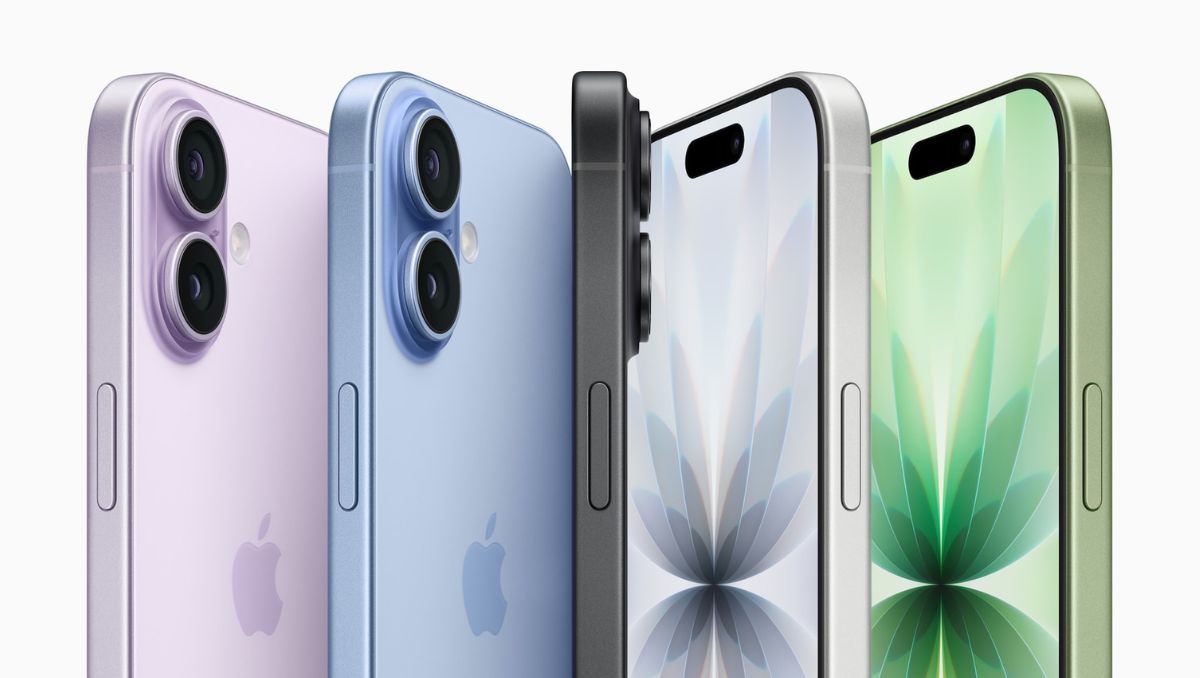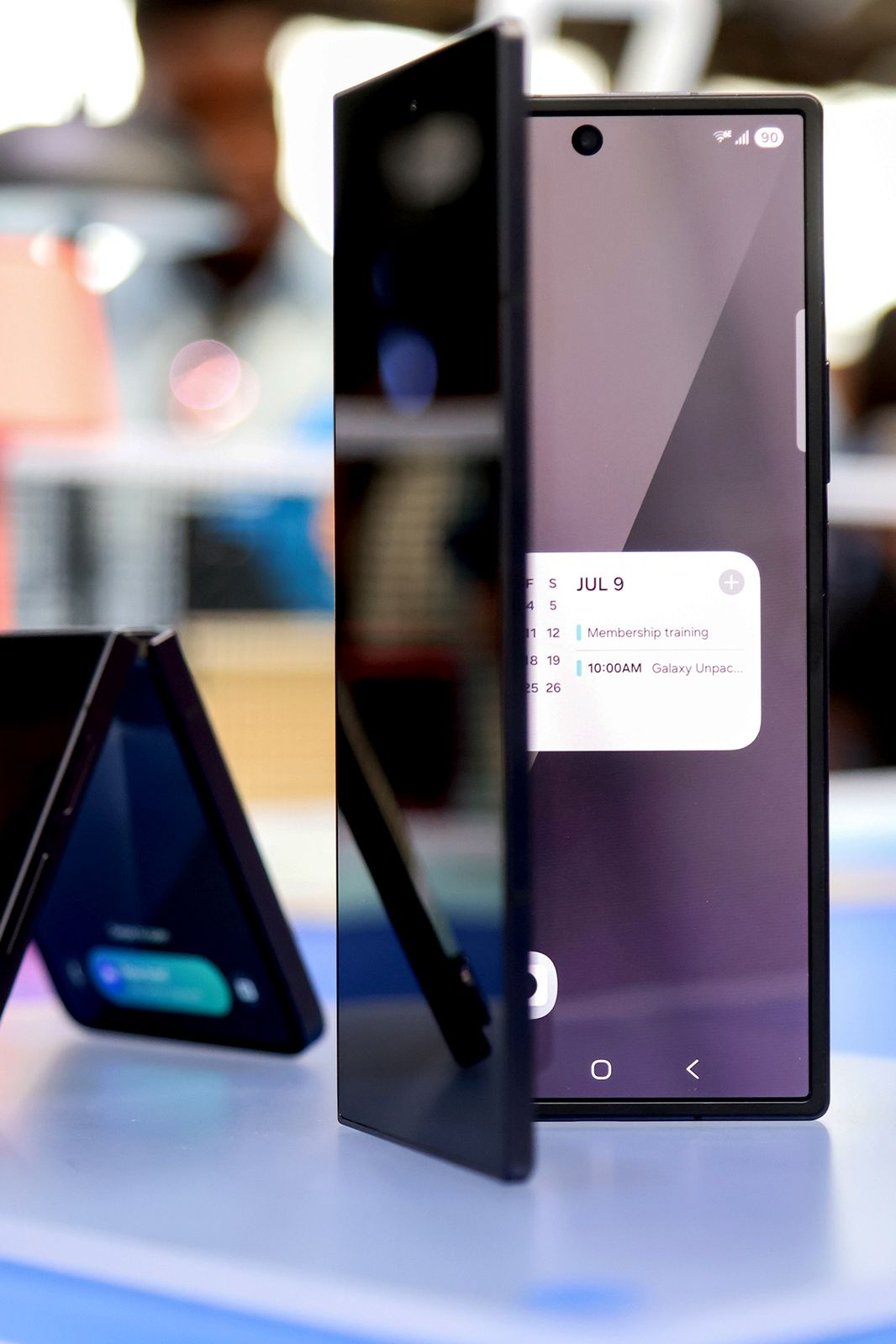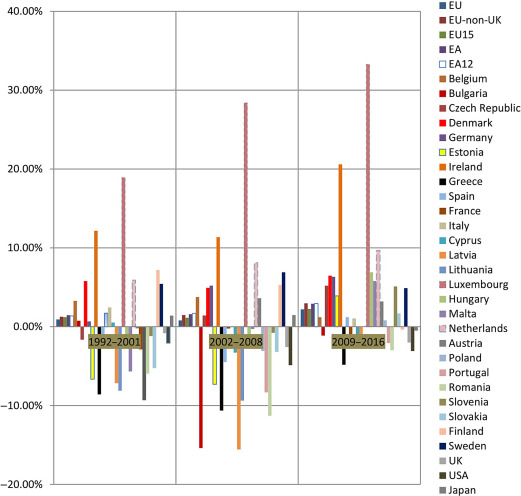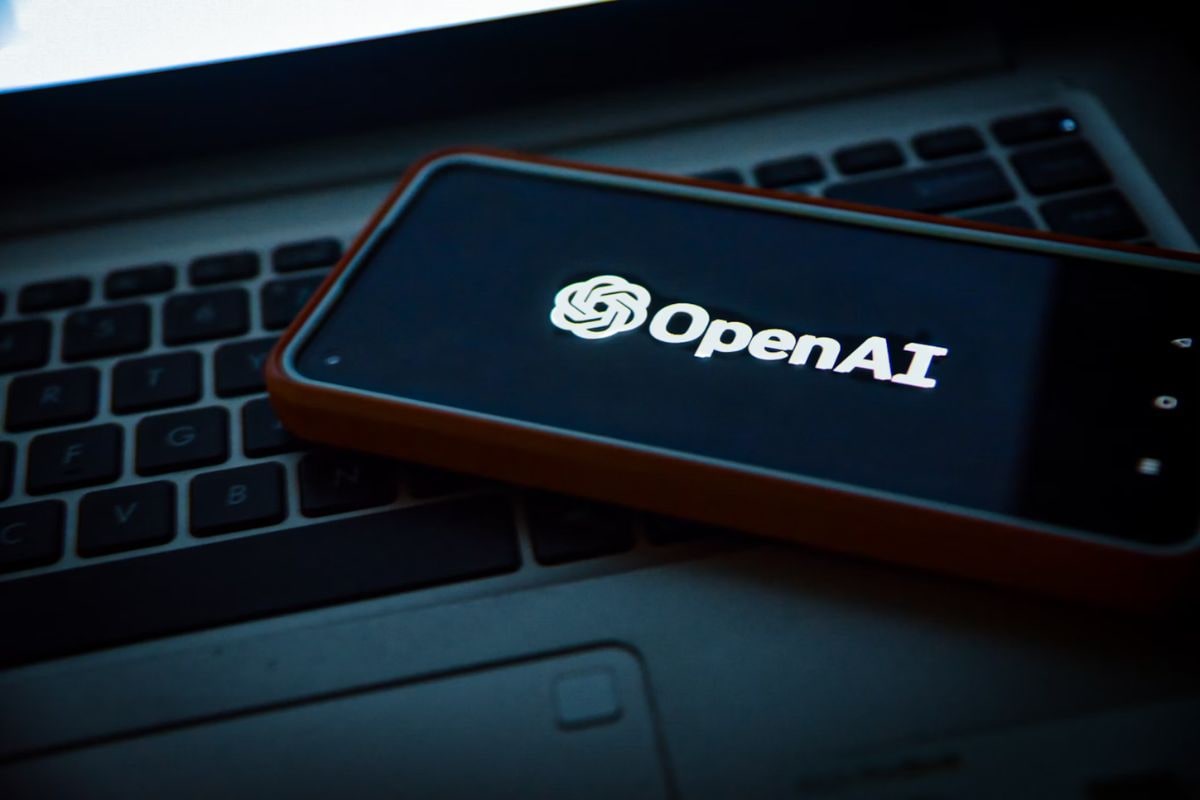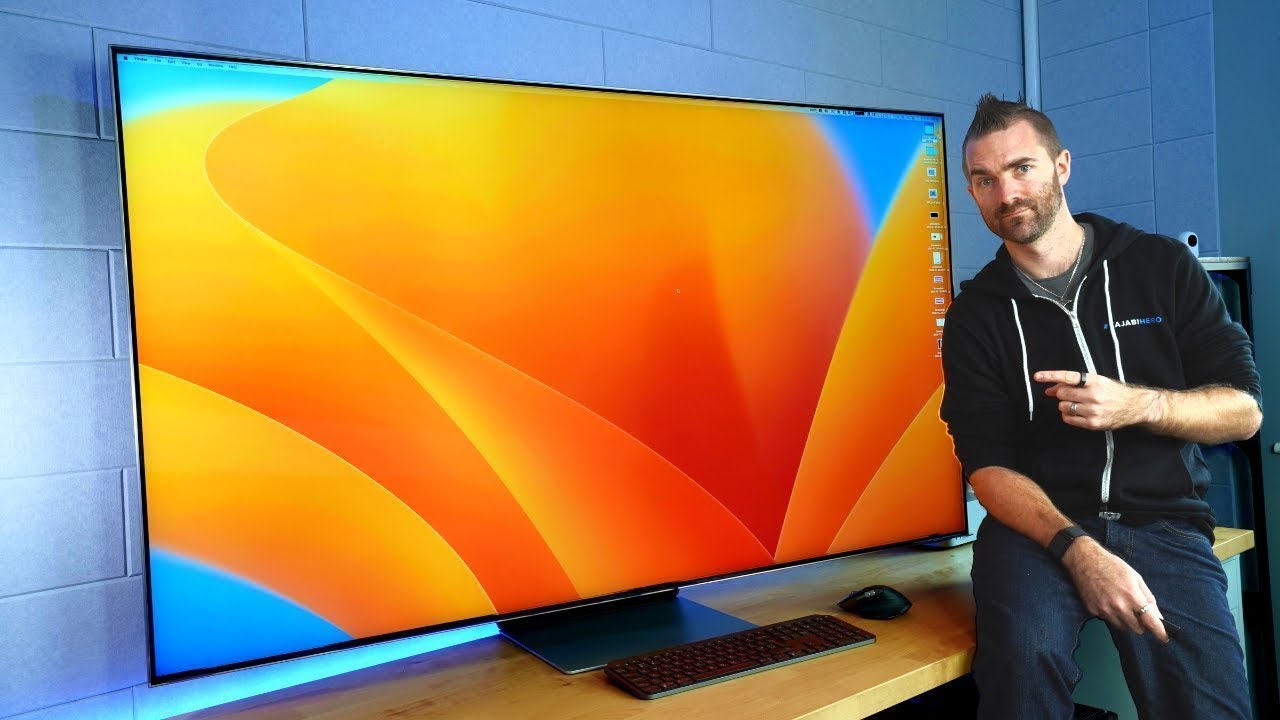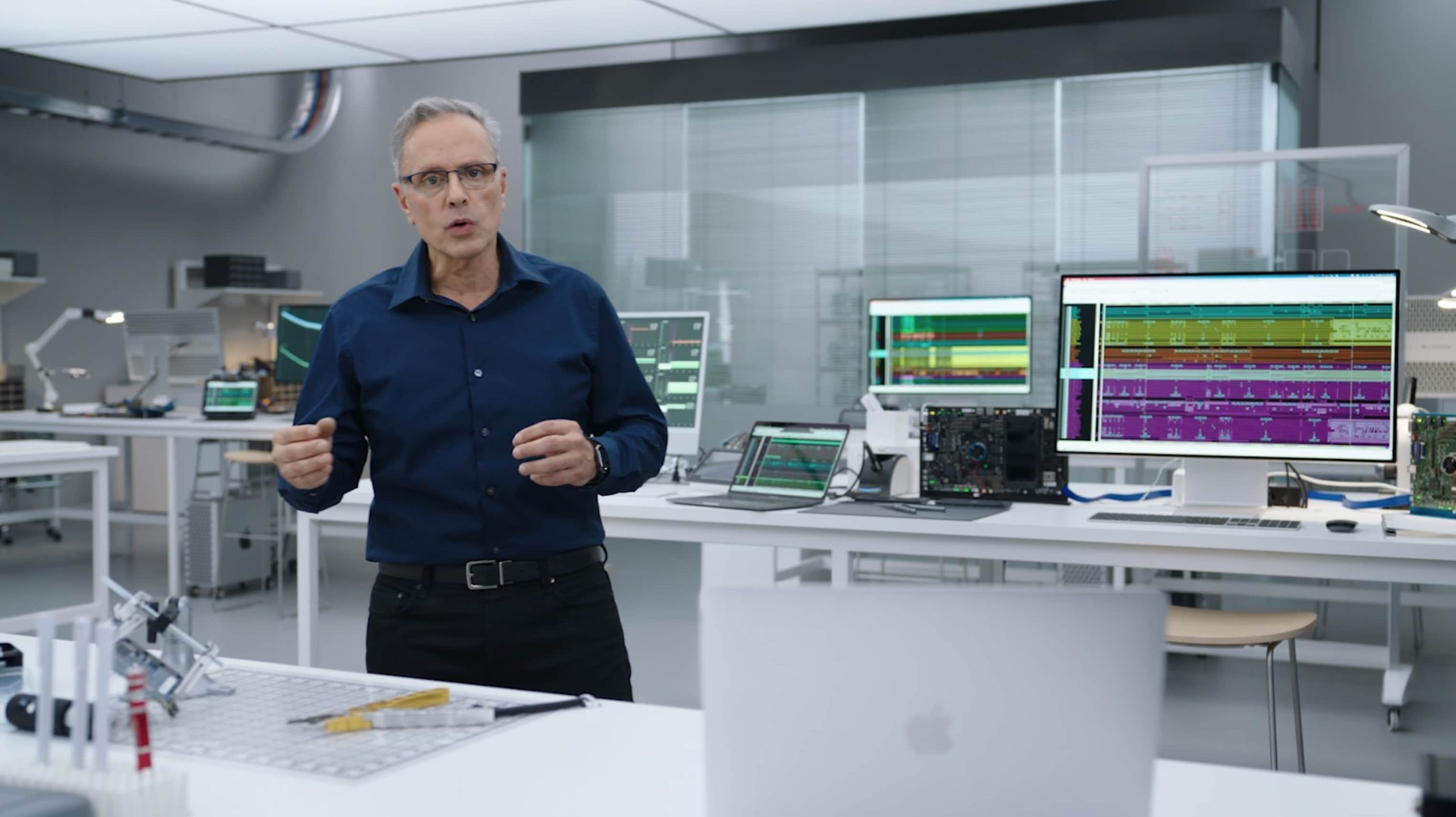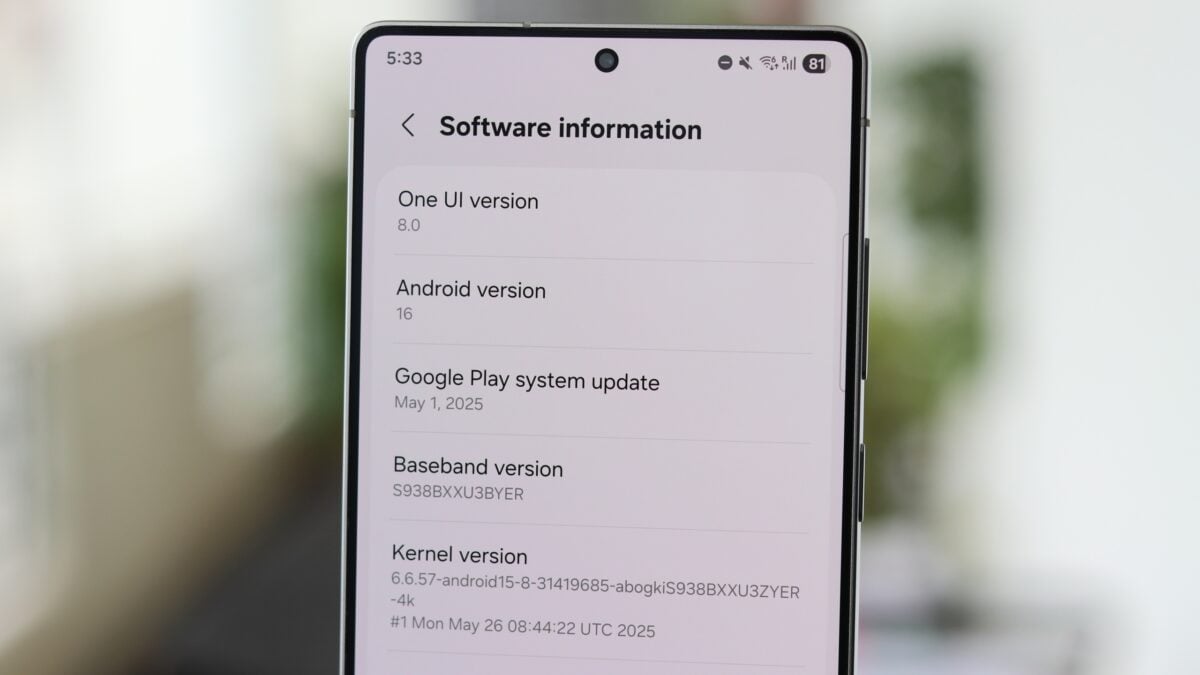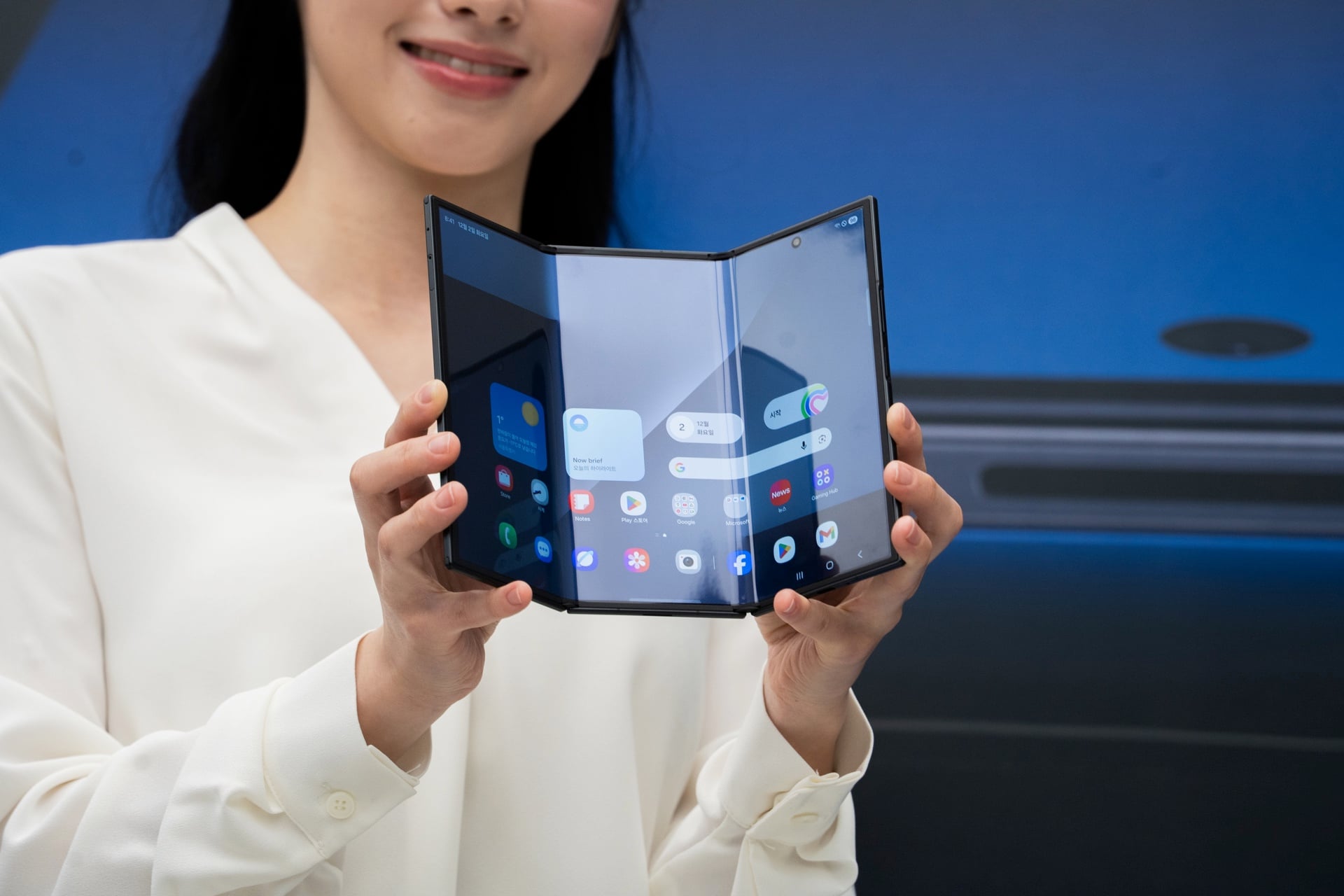iPhone 18 Leak Suggests Face ID Will Shift to Under-Display Configuration Next Year
**Apple’s iPhone 18 Line: The Arrival of Under-Display Face ID**
As the design details for next year’s flagship iPhones are nearing completion, recent leaks indicate that Apple is prepared to launch under-display Face ID technology within the iPhone 18 series. This news has been backed by a post from leaker Smart Pikachu on Weibo, reinforcing earlier speculations about this cutting-edge feature.
### Micro-Transparent Glass Panels
Per the leak, Apple intends to realize under-display Face ID by using “micro-transparent glass panels.” This evolution signifies a notable change in the incorporation of Face ID technology into the device, potentially enabling a more cohesive design devoid of a visible notch or cutout.
While the leak does not clarify which models will include this technology, it is commonly thought that the iPhone 18 Pro, Pro Max, and a foldable variant will feature under-display Face ID. Nonetheless, it is still unclear whether the standard iPhone 18 or the awaited iPhone Air 2 will also gain this enhancement.
### Implications for Design
The embedding of Face ID technology beneath the display could contribute to a reduction in the size of the Dynamic Island, a feature that has been suggested previously. This alteration would not only augment the visual appeal of the devices but also enhance the overall user experience by optimizing screen space.
### Expected Model Launch Timeline
Reports suggest that the iPhone 18 series will initially comprise three models: the premium iPhone 18 Pro, Pro Max, and a foldable option. The standard iPhone 18 and iPhone Air 2 are anticipated to follow several months later, likely in early 2027. This staggered launch timeline may offer Apple extra time to perfect the materials and technology utilized in the forthcoming models.
### Supply Chain Considerations
The postponement of the base models’ launch could also be a calculated strategy to tackle potential supply issues linked to the new materials necessary for under-display Face ID. By spreading out the rollouts, Apple may enhance the chances of widespread integration of this technology throughout the entire iPhone 18 range.
### Conclusion
The rollout of under-display Face ID in the iPhone 18 series represents a remarkable technological leap for Apple, boosting both functionality and aesthetics. As excitement rises for the next generation of iPhones, consumers and tech aficionados are keen to observe how these advancements will influence the future of mobile devices.
Read More